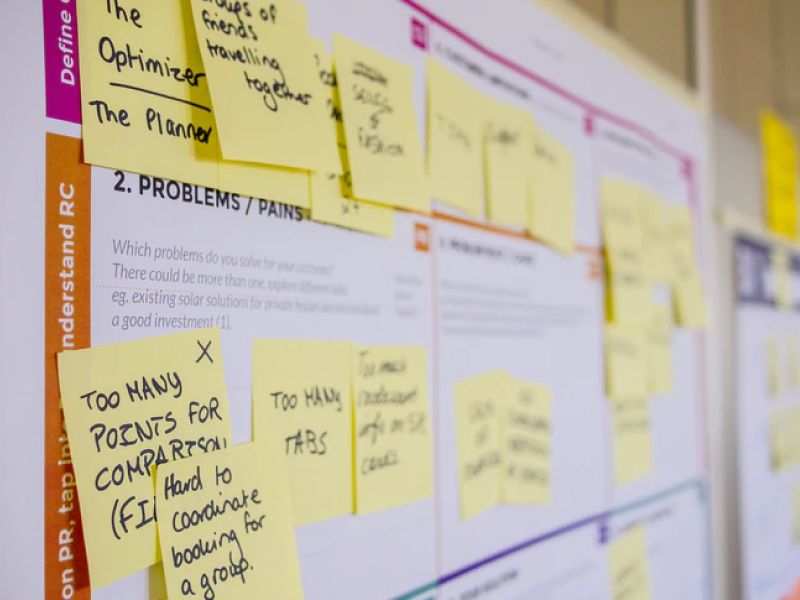
Nov 2, 2020
. Consumer Experience .
3 min read
How to do user research?
User research is invariably the first step of a UX design process. Understanding what the user wants is fundamental to any design process.
User research is invariably the first step of a UX design process. Understanding what the user wants is fundamental to any design process. But requirement gathering or user research is a massive task and requires a well-established process and mechanism to go about it. Let us look at some of the ways to do user research:
Requirement gathering is the first step in the process of user research. It helps the developer to get a comprehensive outline as well as a detailed insight into the user’s requirement. The steps involved in this process are:
- Gather data from users: There is no substitute for data. It places at the researcher’s disposal a plethora of information to make viable business decisions. Data gathering should include not just actual users but also all the other stakeholders. Widening the sample to include all the stakeholders makes sure that a wide range of perspectives come to the fore.
- Analyze data to understand user needs: Analyzing data is imperative for understanding what the users need. Statistical analysis helps to optimize the research process. It also helps the researcher divide the entire data into smaller, manageable chunks and derive valuable insights.
- Convert user needs into requirements: Converting user needs into requirements is essential before beginning the process of development. Hierarchical task analysis is one of the best ways to derive requirements from the collected data and other inputs. Dividing the requirements into functional and non-functional units helps maintain the logical flow and prioritize during the design and development process.
- Contextual interviews: Contextual interviews are a combination of observations and interviews. Observing the users' work or even usage of a particular product can help in deriving valuable inputs regarding usage patterns and preferences. Watching the users in their natural environment gives a clearer picture of needs and behaviors.
User research and collection of data is incomplete without a first-hand testing experience for the users. User testing or usability testing is not just a simulation of how the product will function but also a great way to anticipate and correct the fallacies or non-functional areas of the product.
Let us take a look at what constitutes of usability testing:
Usability testing can be of multiple types ranging from, coffee-shop studies to lab experiments to online task-based or even surveys. Irrespective of the mode of testing, there are 5 main phases that the researcher needs to follow:
- Prepare the product to test: The first step towards preparing a test case is the preparation of a set of goals. While preparing a list of tests, or questions being specific is the key. Having the goals in place helps to frame studies or tasks in the most effective way. Researchers can use several types of tools like sketches or PowerPoint for initial designs or prototyping ideas.
- Finding the participants: Targeting the right set of participants and potential users make a lot of difference and add authenticity to the testing process.
- Writing a test plan: Maintaining a test plan ensures that there is smooth and effective communication with all the users and stakeholders. It also helps keep track of the progress of the testing process.
- Moderating: The job of a moderator or a facilitator is very important. A moderator makes sure that the testing sessions are conducted systematically and in a glitch-free manner. The facilitator also needs to make sure that the participants feel comfortable before taking the test.
- Present your findings: The researcher needs to present the results of the usability testing effectively to all the stakeholders. The findings lay the foundation for the final product and provide answers for multiple products related questions. It gives direction to the design process and the brainstorming or discussion sessions, open newer avenues for research and development.
Some of the other effective ways of doing user research are:
- Task Analysis
- Surveys and Questionnaires
- Card Sorts
- Tree Tests
- A/B Tests
- Storyboard
- User Persona
Categories
UX Design Process
UX Tools
Consumer Experience
UI UXs